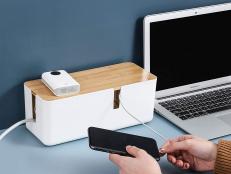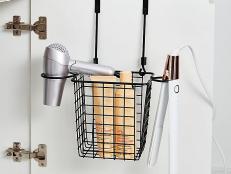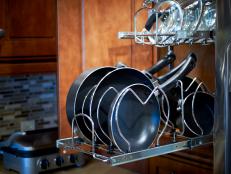8 Steps to a Paperless Home Office

Bills. Statements. Announcements. A flood of incoming papers can take over even the most organized home office.
"Despite the increasing number of banks, utilities and other companies now offering paperless billing and payments, most of us still accumulate hundreds or even thousands of pages each year," says Joe Kissell, author of Take Control of Your Paperless Office. "That leads to clutter, overflowing filing cabinets and time wasted looking for old documents."
Cutting this mountain of paper, Kissell says, saves time and space, and it makes your important documents easier to search. Paper also is vulnerable to damage from fire and water, while digital files can be preserved indefinitely on the cloud or off-site. Start your journey toward a paperless office with these tips.
- Stop paper before it starts. Cut down on incoming mail by signing up for electronic statements. Your bank account, insurance policies and bills (credit cards, utilities, cable and more) most likely can be viewed and paid online. Setting up automatic payments simplifies life further. You can also go online to opt out of receiving junk mail, such as catalogs and credit card offers.
- Invest in a quality scanner. Kissell recommends choosing a model that can scan at least 20 pages per minute and process both sides of a page at once. For ease, he says, look for one with a sheet feeder for processing a stack of pages at once. "There are many models to choose from," he says, "typically in the $250 to $500 range."
8 Stylish, Functional Home Offices
See All Photos- Ensure documents are searchable. "Configure your scanner software to use optical character recognition (OCR) to automatically turn every scanned document into a searchable PDF," Kissell advises. This allows you to find documents by searching for words they contain.
- Keep in mind that going paperless is a long-term process. "It may take time to scan and recycle years of old documents," Kissell says, "but if you do a few every day, you’ll soon find your filing cabinets much more manageable." Set up a routine to simplify the process — for instance, scanning a couple of documents with your morning coffee.
- Double-check scans before discarding originals. After scanning documents, you can shred or recycle them. But Kissell says to confirm the scan is intact first. "Sometimes scanners malfunction or miss a page," he cautions.
- Back up your scans. Be sure to back up your scanned documents. If they stay on your computer’s hard drive, they are just as susceptible to damage and loss as paper documents. You can store documents on a cloud-based storage system or external drive.
- Set up a discard station. When choosing a shredder, keep in mind that a "confetti" shredder is more effective than a strip shredder, as it creates tinier pieces that cannot be easily taped back together. Shred any paper containing sensitive information, including account numbers, medical information and Social Security numbers.
- Don’t toss everything. Scan your most important papers, but keep the originals as well. "Always keep the original copies of important legal documents such as wills, birth and marriage certificates, titles, deeds and anything with a governmental stamp or seal," Kissell says.
















































